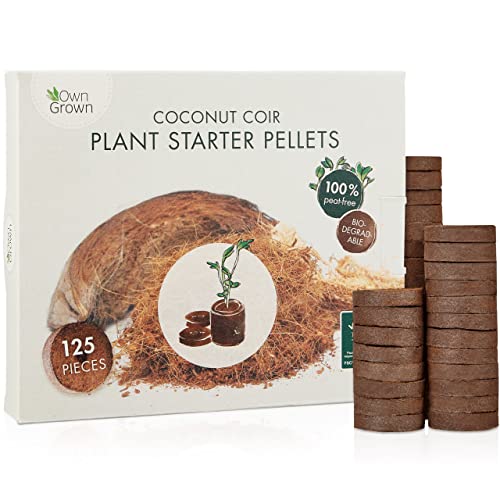Best Plants for Aquaponics: What to Start With First
Best Plants for Aquaponics What to Plant First, So, you’re diving into the world of aquaponics—congrats! You’re about to grow fresh veggies while your fish get to live their best lives. But before you throw just any plant into the mix, let’s talk strategy. Choosing the right plants from the start will set you up for success (and save you from some head-scratching later).
Why Picking the Right Plants Matters
Aquaponics is like a buddy system—plants and fish work together to keep everything balanced. Fish waste provides nutrients for the plants, and the plants clean the water for the fish. But if you choose the wrong plants too soon, things can go off the rails fast. The goal? Find easy-to-grow plants that can thrive in a young system while keeping both your plants and fish happy.
Top Picks: The Best Plants for Aquaponics
1. Leafy Greens – The Beginner’s Best Friend
💡 Why They’re Great: Fast-growing, low-maintenance, and forgiving of small mistakes—perfect for beginners.
Lettuce (Romaine, Butterhead, Leaf Lettuce)
Grows quickly and doesn’t need a lot of fuss
Ideal temperature: 55°F-75°F
Moderate light required
Spinach
Nutrient-dense and speedy to grow
Prefers cooler temperatures and some shade
Kale
Super hardy and packed with vitamins
Can handle temperature fluctuations like a champ
Naturally resistant to pests
2. Herbs – Flavorful and Functional
💡 Why They’re Great: Most herbs thrive in aquaponics, grow fast, and keep your cooking game strong.
Basil
Grows rapidly with a high yield
Loves warmth and plenty of light
Mint
Tough as nails and spreads like crazy
Prefers partial shade—consider containment unless you want a mint jungle
Parsley
A kitchen staple that’s easy to grow
Enjoys moderate temperatures and consistent moisture
3. Fruit-Bearing Plants – A Little More Work, But Worth It
💡 Why They’re Great: More rewarding to harvest, but they require more nutrients and care than leafy greens.
Tomatoes
High demand and satisfying to grow
Needs strong support and lots of light
Cucumbers
Prolific producers in aquaponic setups
Require vertical space and warm temps
Peppers (Bell & Chili Peppers)
Adds variety (and spice!) to your harvest
Loves warm conditions and ample light
What Should You Plant First?
🥗 Start with leafy greens! They’re the easiest to grow, require fewer nutrients, and give you a quick win while your system stabilizes.
Why?
Beginner-friendly: Greens adapt easily and won’t throw a fit over minor system hiccups.
Fast harvest cycle: You’ll see results in just a few weeks—instant gratification!
Less demanding: Unlike fruiting plants, leafy greens don’t need tons of nutrients to thrive.
Setting Yourself Up for Success
📏 Keep an eye on these key factors:
pH Balance: Aim for a sweet spot between 6.8 and 7.0
Water Temperature: Keep it steady based on your plant’s needs
Lighting: Sunlight is great, but grow lights work if you’re indoors
Fish Choice Matters: Hardy fish like tilapia or goldfish are great starter options
Ready to Grow? Let’s Get Started!
🌱 Want to make this process even easier?
Best Plants for Aquaponics: What to Plant First
Upgrade Your Aquaponics Setup
🚀 Consider these must-have tools to keep things running smoothly:
-
pH Testing Kit: Keep your system balanced like a pro.
-
LED Grow Lights: Keep your arugula basking in light, even on cloudy days.
2 ft. long
3 ft. long
4ft. long
Surge Protector with 7-Day Digital Timer
-
Seed Starting Trays and Starter cubes
-
pH Testing Kits: Because happy plants = balanced pH.
-
Aquaponics Starter Kit: Perfect for newbies testing the waters (pun intended).
Indoor Aquaponic Garden – 3 Gallon Self Watering, Mess-Free Planter
3-gallon Aquaponic Fish Tank
Let’s Get Growing!
Download our free
Ultimate Guide To Aquaponics
Cultivating Sustainable Food Systems at Home
Final Thoughts
Starting your aquaponics journey with the right plants makes all the difference. Leafy greens are the perfect first choice—they’re easy, forgiving, and give you a quick harvest. Once you get the hang of things, you can expand into herbs and fruiting plants for a more diverse system. Best Plants for Aquaponics: What to Plant First
Happy growing! 🌿🐟















